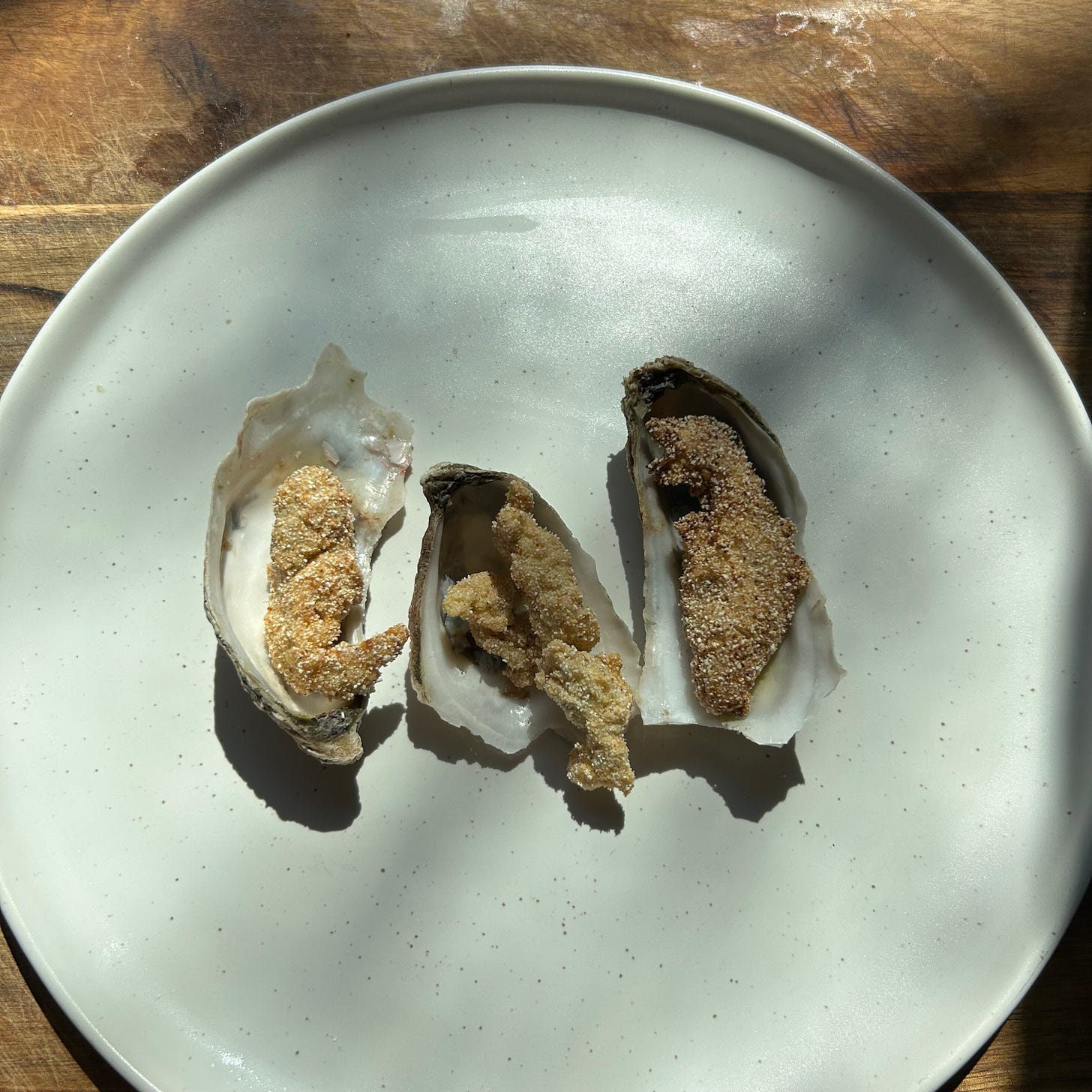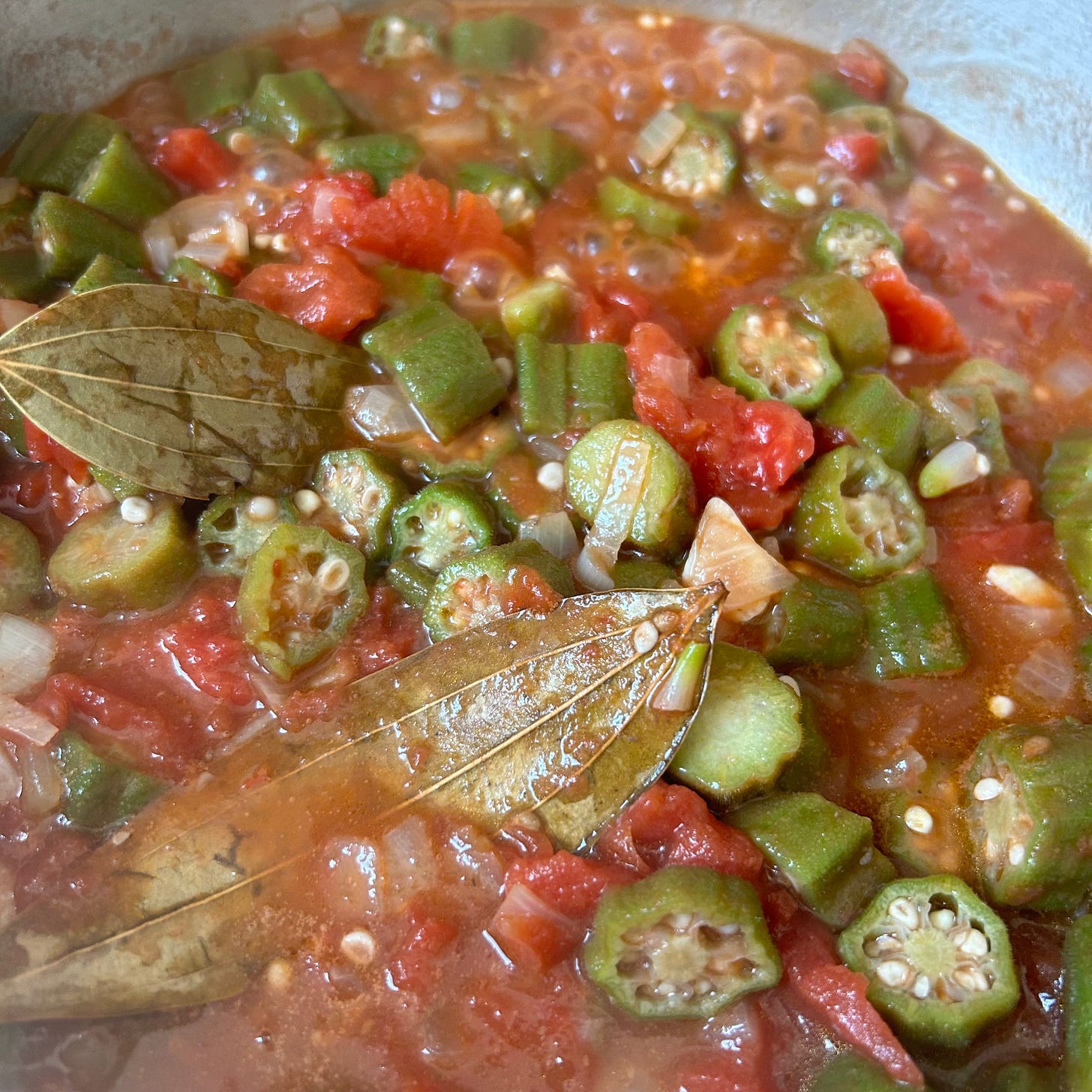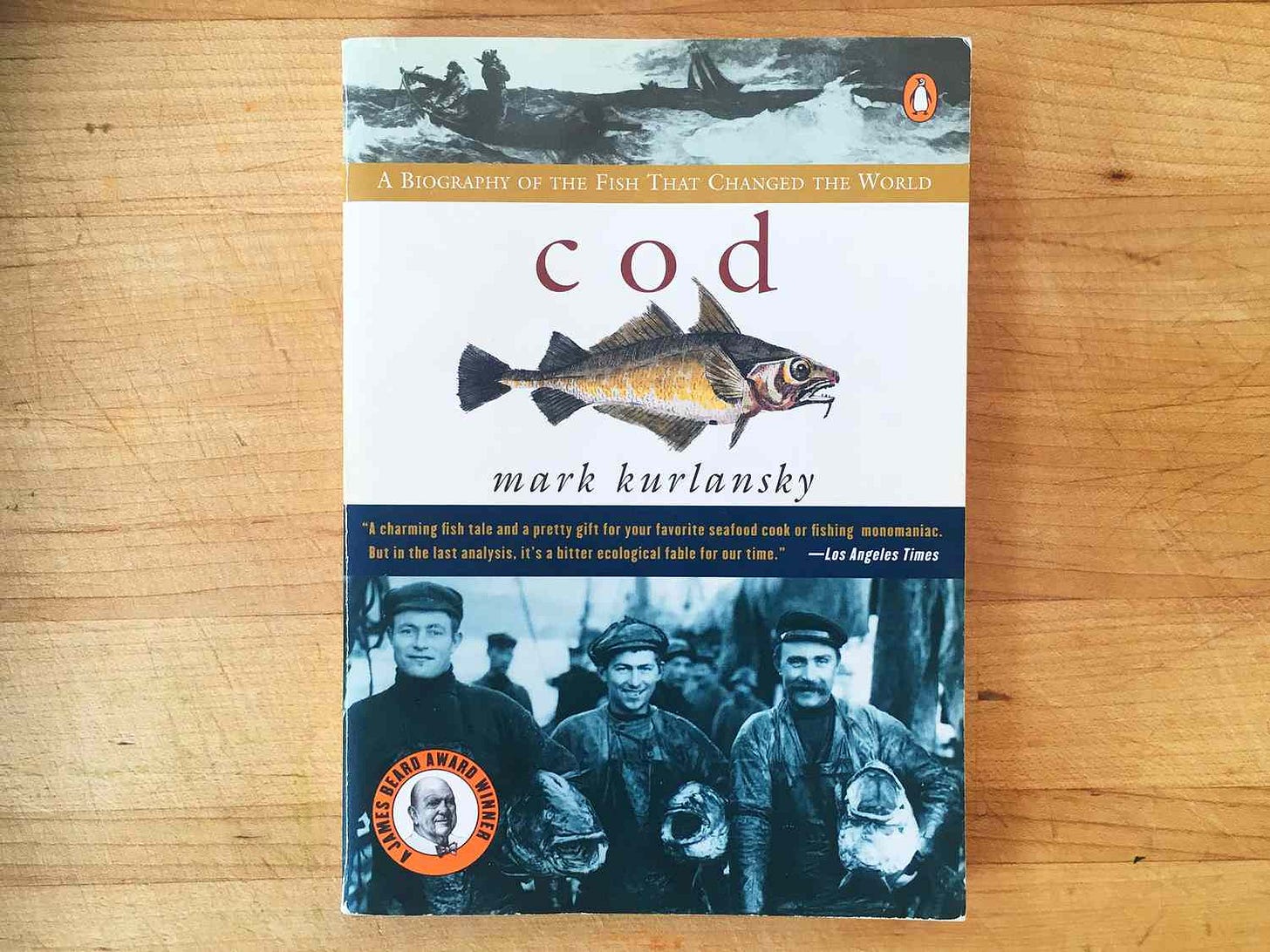Welcome (back) to Climate Cookery
Plus, a COWBOY CARTER CLIMATE meal.
A note to supporters and friends, old and new - hello!
Most of you reading this know I started Climate Cookery as a food business a few years ago. It was hands down the most fulfilling thing I've ever done in my life.
But building a CPG food business requires a rock-solid foundation of monetary and non-monetary resources that I simply do not have at this time.
What I do have is a love for cooking, writing and brand-building, and the mission of Climate Cookery:
to create modern, delicious foods from the traditional, “underutilized” crops
overlooked by the industrial food system.
So! I’m continuing that mission by cooking and writing here in Substack and on Instagram (see my first post below, inspired by Cowboy Carter).
My goals are to:
Confront the challenge of how we’ll eat in the context of climate change with new thought and and from a place of joy.
Present both the environmental benefits and the sensuous bounty found in agricultural biodiversity.
A warm, sincere thank you to
my friends and family who offered me early financial support - totaling into the $thousands! ❤️
Juniper, Aria, Chris & Carolyn, Neil, Jason, Georgia, Kristy, Andrea, Diane, Katrina, Gita Masi, Chelsea, Liz and Annick
I thank you for your no-strings-attached support. Your dollars enable me to evolve Climate Cookery and pursue my dreams.

Sweet Honey Buckin’ - and Climate-Smart! Recipe
Like many of you, I fell in love with Cowboy Carter. It inspired me to create this plate: oysters fried in a cornmeal batter, served with a side of okra and tomatoes (recipes below).
I put together this meal from reading about foods developed by Black communities in Texas and Louisiana and thinking about the foods that will nourish and delight us in the face of a changing climate.
The Gulf Coast is one of the grounds zero for climate change — the region is contending with warmer temperatures, more extreme storms, rising sea levels and sinking land.
It’s also home to much of the fossil fuel economy in the US. I’m currently working on a Bloomberg Philanthropies campaign to fight the buildout of petrochemical plans in the region —including in Houston, where Beyoncé was born.
This campaign is one of many efforts many Americans are making to climate-proof our national economy.
Farmed oysters are a yummy way to continue this transition. And they have a rich Black history.

They’re wonderfully friendly to eat, as they add far more than they take away:
“The ecological benefits of oyster agriculture are numerous, starting with a growing process that uses almost no greenhouse gas emissions, water, feed, fertilizer, or food … like coral, fused-together wild oysters that form reefs prevent erosion, protect the land from storms and tides, and act like little marine sanctuaries for other fish.” (Source: National Geographic)
In short, buying and eating more farmed oysters can can help regenerate our oceans.
A word on the fraught subject of food and class: nowadays, many of us associate eating oysters with rich people, who eat them at seaside, sun-drenched raw bars. I know I do, not being white and not having grown up going to the raw bar.

But back when oysters were more abundant, they served as an affordable, nutrient-dense food for all types of people.
And from the Gulf Coast to New York City, the oyster industry was populated, even dominated, by Black people.
I love this bit of New York history —Before New York was called the Big Apple, it could have been called the Big Oyster:
“Thomas Downing, a free black man, owned the most famous oyster house of all. Bankers, politicians, stockbrokers, lawyers, businessmen, and socialites flocked to Downing’s Oyster House to eat raw, fried, or stewed oysters, oyster pie, fish with oyster sauce, or poached turkey stuffed with oysters. As the crowd of power brokers ate and made deals under the chandeliers, Thomas’s son George lead escaping slaves to the basement. There they were safe from the “blackbirders,” or bounty hunters, who were roaming the streets in search of runaways.”
I hope the growing interest in oyster farming and oyster reef-building will mainstream oyster eating — so that people — all sorts of people — think beyond the raw bar, and buy them tinned or pre-shucked and enjoy them in a variety of creative ways.
Vegetables generally don’t provoke the same environmental questions that animals do, but okra are climate all-stars even in the veggie kingdom. Okra was identified as a "future smart food" by the UN Food and Agriculture Organization (FAO), in a report I read that served as the backbone to my thinking around Climate Cookery.
It’s a prime example of an underutilized climate-smart crop, one of many foods that can help tackle the malnutrition, poverty and land degradation that has resulted from relentless monocropping/the destruction of agrobiodiversity around the world.
Circling back to Cowboy Carter, okra is closely tied with African-American cuisine. I’ll quote historian Jessica B. Harris, whose book High on the Hog: A Culinary Journey from Africa to America was the basis of the Netflix show:

“Okra’s lack of respect in the culinary world (I call it the Rodney Dangerfield of Vegetables!) is due to its propensity toward ooze. Like the Africans and their descendants who came to revere it in almost totemic capacity, okra does not behave. It is tricky. It cannot be tamed into submission by the cook who does not know how to use it properly. It is for this reason that okra is not often found in wide usage outside of areas where Black hands turned the wooden spoons in the cooking pots... In Louisiana folks understand that the beauty of okra is in the thing that is most decried by the unknowing… in its “slime.”
Oysters and okra — slimy yet satisfying.
I hope you enjoyed my inaugural newsletter. Stay tuned for more!
Do you have a friend who might like it? If so, you can help me by sharing it.
Now and always, feel free to say hi and/or share your thoughts and feedback at shreema@climatecookery.com.
Recipes:
Cornmeal-fried oysters:
Adopted from this recipe from Whitestone Oysters.
Ingredients:
Vegetable oil (for frying)
1 cup drained oysters
1 egg
1 cup cornmeal
Salt, cayenne pepper, white pepper
Steps:
Shuck oysters, drain and put in fridge.
Pour about two inches of vegetable oil in a heavy, deep saucepan. Place the pan over medium-high heat and bring it to a temperature of 370 F (will take about 7 to 10 minutes — if you don’t have a thermometer, drop a piece of bread and see if it browns fairly quickly to test).
Drain the oysters and pat dry with paper towels or a kitchen towel.
In a bowl, beat the eggs.
Add drained oysters and set aside for 10 minutes.
In a medium bowl, combine the cornmeal, sugar, salt, pepper, and flour.
Lift an oyster out of the egg mixture and let excess drip off and roll it in the cornmeal mixture to coat.
Then add it to the hot oil. Repeat with more oysters, frying them in batches of about 6 to 8.
Fry the oysters for about 2 to 4 minutes, or until they are golden brown.
Use a metal slotted spoon to remove the oysters to paper towels to drain.
Okra and tomatoes:
Ingredients:
Olive oil
1 cup okra, diced
1 cup canned tomatoes
1/4 to 1/2 cup onion
1/4 to 1/2 cup green pepper
Bay leaf
Optional: dried or fresh chili peppers to taste
Steps:
Sauté okra in a glug of olive oil until they start browning and crisping.
Add onions and green peppers and fresh chili peppers if using — sauté until they start caramelizing.
Add tomatoes and bay leaf, add salt, pepper and dried chilis if using to taste.
Cook until thoroughly heated, okra is crisping and onions are turning translucent.
Other things on my mind:
Reading the delightfully written Cod: A Biography of the Fish that Changed the World, by Mark Kurlansky. It’s entertaining and packed with info that would be boring AF in the hands of a less-skilled writer.
In addition to journeying through the rest of Beyoncé’s catalogue, I’m listening to Mr. Carter’s The Black Album and remembering how much it meant to me when it was released over 20 years ago.








